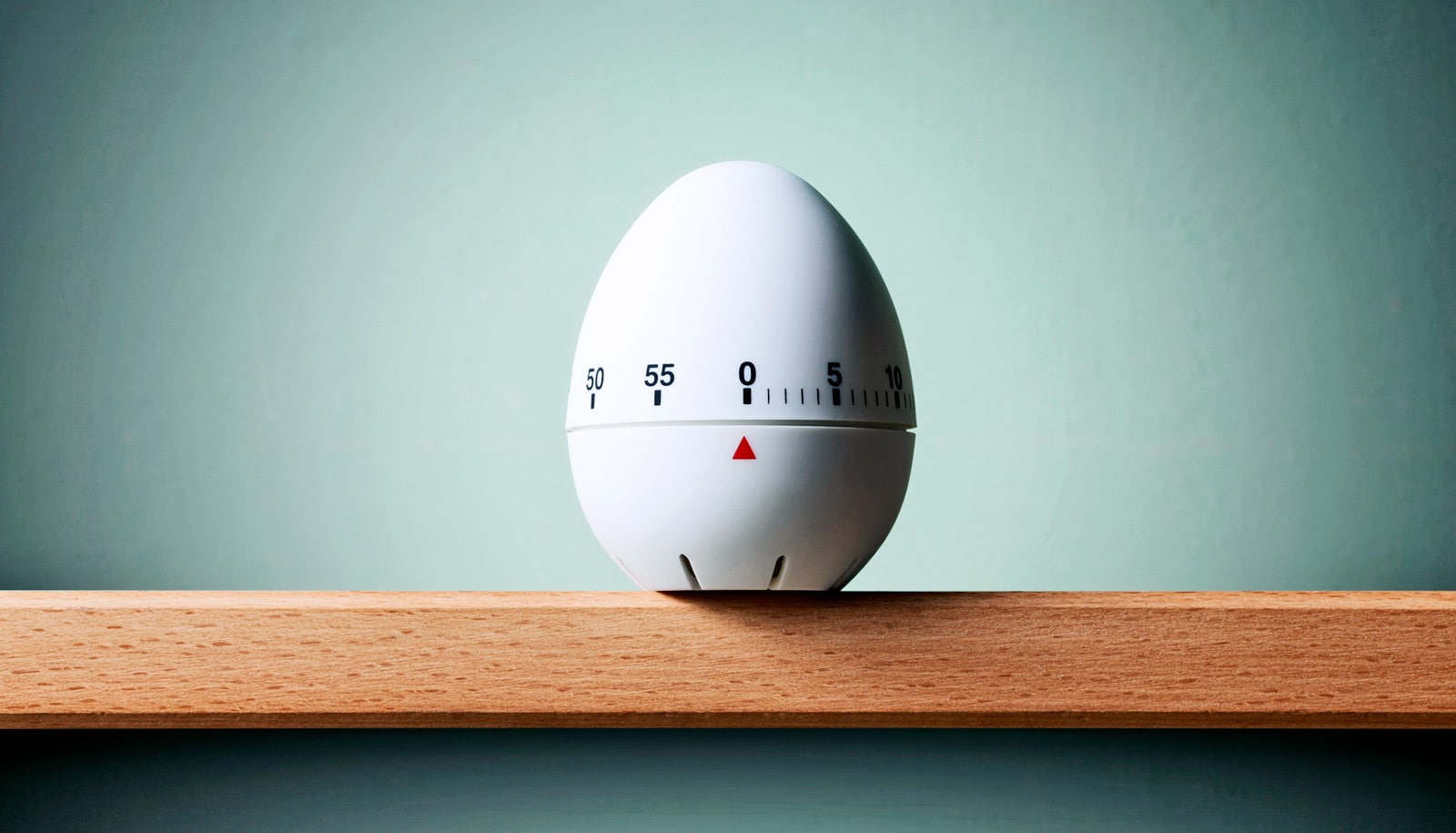Researchers have created a low-cost, “battery-less” wake-up timer—in the form of an on-chip circuit—that significantly reduces the power consumption of silicon chips for Internet of Things (IoT) sensor nodes.
The wake-up timer can cut power consumption down to true picoWatt range (one billion times lower than a smartwatch).
“We have developed a novel wake-up timer that operates in the picoWatt range, and cuts power consumption of rarely-active IoT sensor nodes by 1,000 times. As an element of uniqueness, our wake-up timer does not need any additional circuitry, as opposed to conventional technologies, which require peripheral circuits consuming at least 1,000 times more power (e.g., voltage regulators),” says team leader Massimo Alioto, associate professor from the electrical and computer engineering department at the National University of Singapore Faculty of Engineering.
“This is a major step towards accelerating the development of IoT infrastructure, and paves the way for the aggressive miniaturization of IoT devices for long-lasting operations.”
Wake up and work
IoT technologies, which will drive the rise of smart cities and smart living, often require the extensive deployment of smart, miniaturized silicon-chip sensors with very low power consumption and decades of battery lifetime, which remains a major challenge.
IoT sensor nodes are individual miniaturized systems containing one or more sensors, as well as circuits for data processing, wireless communication, and power management. To keep power consumption low, they are kept in the sleep mode most of the time, and wake-up timers are used to trigger the sensors to carry out a task.
Because they’re turned on most of the time, wake-up timers set the minimum power consumption of IoT sensor nodes. They also play a fundamental role in reducing the average power consumption of systems-on-chip. The new timer substantially reduces power consumption of wake-up timers embedded in IoT sensor nodes.
“Under typical office lighting, our novel wake-up timer can be powered by a very small on-chip solar cell that has a diameter similar to that of a strand human hair. It can also be sustained by a millimeter scale battery for decades,” explains Alioto.
The team’s innovative picoWatt range wake-up timer can operate without any voltage regulator due to its reduced sensitivity to supply voltage, which suppresses the additional power that peripheral always-on circuits conventionally consume. The wake-up timer can also continue operations even when battery is not available and under very scarce ambient power, as demonstrated by a miniaturized on-chip solar cell exposed to moon light.
In addition, the team’s wake-up timer can achieve slow and infrequent wake-up using a very small on-chip capacitor (half a picoFarad). This helps to significantly reduce silicon manufacturing costs due to the small area (40 micrometres on each side) required.
The future of IoT
“Overall, this breakthrough is achieved through system-level simplicity via circuit innovation. We have demonstrated silicon chips with substantially lower power that will define the profile of next-generation IoT nodes. This will contribute towards realizing the ultimate vision of inexpensive, millimeter-scale and eventually, battery-less sensor nodes,” adds Orazio Aiello, a visiting research fellow at the electrical and computer engineering department.
The team is currently working on various low-cost, easy-to-integrate, energy-autonomous silicon systems with power consumption ranging from picoWatts to sub-nanoWatts. These critical sub-systems will make future battery-less sensors a reality, with the end goal of building a complete battery-less system-on-chip.
The researchers shared their work at the 2018 Symposia on VLSI Technology and Circuits in Honolulu, Hawaii.
Source: National University of Singapore

